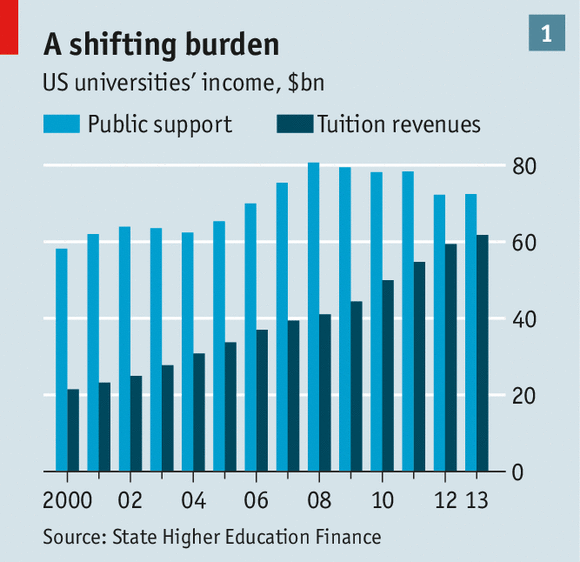1. Are we, globally, doing better with respect to earthquakes?
The graph above shows data for 1900 through 2014 on global death rates, expressed as deaths per million global population. (Data: Our World in Data, Daniell et al. 2011 through 2010 with population estimated through 2014 and earthquake fatalities updated for 2012, 2013, 2014).
Since 1900 earthquake death rates have dropped by more than 80% (based on a linear trend, shown in red). This is extremely good news, and is suggestive that even as global population increased by a factor of more than 4, we collectively are doing much better with respect to earthquakes.
But let's zoom in to the most recent 25 years and take a closer look.
Since 1990, death rates have increased by a factor of about 3, based on a linear trend (red). What exactly is going on here?
The answer appears to lie in a recent increase in the occurrence of large earthquakes, which I address next.
2. Have earthquakes become more common?
The graph above comes from my colleague here at CU-Boulder, Professor Roger Bilham, a world authority on earthquakes and central Asia in particular (Here is Bilham on the Nepal quake). That figure clearly shows a big gap in the incidence of magnitude 8.4 quakes and greater from the mid-1960s through the early 2000s. The swarm of big events in the 2000s coincides with the increased death rates over the same period shown above.
The pattern also shows up at slightly lower earthquake intensities. The figure below shows that same 1980s and 1990s "lull." The result is a pattern of an increasing incidence of strong quakes since 1990 which also shows up at magnitudes 8.0 and 7.5 (from Ben-Naim et al. 2013).
The figure immediately above, showing long-term incidence back to 1900, provides a good sense of where experts presently are on these questions. Here are conclusions from three recent papers that looked at these questions:
- Parsons and Geist 2014 (PDF): "we cannot find a strong signal associated with global M ≥ 7.0 earthquakes that rises above the random fluctuations that are observed between regular 48 h periods; the largest rate increases we see are not associated with global main shock."
- Ben-Naim et al. 2013: "in the magnitude threshold range 7.0≤Mmin≤8.3 which constitutes the vast majority of great earthquakes on record, the earthquake sequence does not exhibit significant deviations from a random set of events." (They do note the two clusters of >8.3 events, one mid-20th century and one during the past decade.)
- Shearer and Stark (2012): "Global clustering of large earthquakes is not statistically significant: The data are statistically consistent with the hypothesis that these events arise from a homogeneous Poisson process."
That is the science. But from a practical perspective, large earthquakes clearly have become more common since the 1990s. This is also reflected in death rates, which overall have improved since 1900, but at least some part of that improvement is an artifact of infrequent large earthquakes in the 1980s and 1990s.
The Bottom Line
The world is doing better overall with respect to earthquakes. But some of that improvement is based on some good fortune of the 1980s and 1990s. For whatever reason -- and the current consensus is just a random uptick in a variable geophysical process - strong earthquakes have become more common over the recent decade than they were in the two decades before that.
The recent devastation should provide a reminder that we still have a lot of work to do to reduce vulnerability to earthquakes. We can't control where, where or how strong, but we can exert a huge influence on the death and destruction that results.












